Please note: This article and the websites linked therein may contain images of Aboriginal and Torres Strait Islander people who have passed away.
Do you plan to spend National Reconciliation Week teaching your primary students about the fight for justice and the rights of Aboriginal and Torres Strait Islander people? Or perhaps you’re looking for ideas to recognise National Sorry Day in an impactful way?
As teachers, we have a unique chance to help young Australians understand why we have National Reconciliation Week, what happens on National Sorry Day and also to connect knowledge of First Nations histories, perspectives and culture with meaningful, topical and current events and happenings in our communities.
Our Teach Starter team of teachers has created this list of activities to help you lead your students through these events. Read on for help explaining this week to your students, a look at this year’s theme and some ideas and activities for your classroom!
What Is National Reconciliation Week?
National Reconciliation Week is a week set aside every year for all Australians to consider how we all can contribute to achieving reconciliation in Australia.
It started as the Week of Prayer for Reconciliation in 1993, and three years later — in 1996 — the Council for Aboriginal Reconciliation launched Australia’s first National Reconciliation Week.
This time set aside in late May and early June is important for all Australians to reflect on how we can contribute to the healing process for our nation together, and it of course carries great significance for The Stolen Generations and First Nations peoples.
When Is National Reconciliation Week 2024?
The dates for National Reconciliation Week stay the same every year, which means the week will start 27 May and end 3 June. The dates were specifically chosen to mark two important events:
- The 1967 Referendum — On 27 May 1967, voters in Australia approved a referendum to count Aboriginal and Torres Strait Islander peoples in the census. This referendum also gave the Australian Government the power to make laws for Aboriginal and Torres Strait Islander peoples.
- The High Court Mabo decision — On 3 June 1992, the highest court in Australia’s judicial system officially sided with Mer Island man Eddie Koiki Mabo in his fight to overturn the legal fiction of terra nullius, or ‘land belonging to no one.’
What Is the National Reconciliation Week Theme for 2024?
The National Reconciliation Week theme for 2024 is Now More Than Ever or #NRW2024.
National Sorry Day Activities for Kids
Looking for activities you can do on National Sorry Day, which will be held in the midst of National Reconciliation Week? Read on for some ideas from our teacher team and teacher community!
Make a Sorry Day Classroom Display
Western Australian-based Year 1 teacher @teachingwjuliet got her students together to create a stunning display using our free National Sorry Day Hand Template for her classroom. This is a great opportunity to teach students about First Nations symbols and colours and promote thoughtful discussion on National Sorry Day.
Photo courtesy of primary school teacher @teachingwjuliet
Make Sorry Paintings
These colourful sorry paintings are a simple activity that you can do with your students to acknowledge Sorry Day and National Reconciliation Week this year and provide an important social emotional lesson about expressing emotions and thoughts through art. After all, art can be an important medium for communication, and students can learn to express their feelings about reconciliation through the choice of colours, patterns and artistic elements in their paintings.
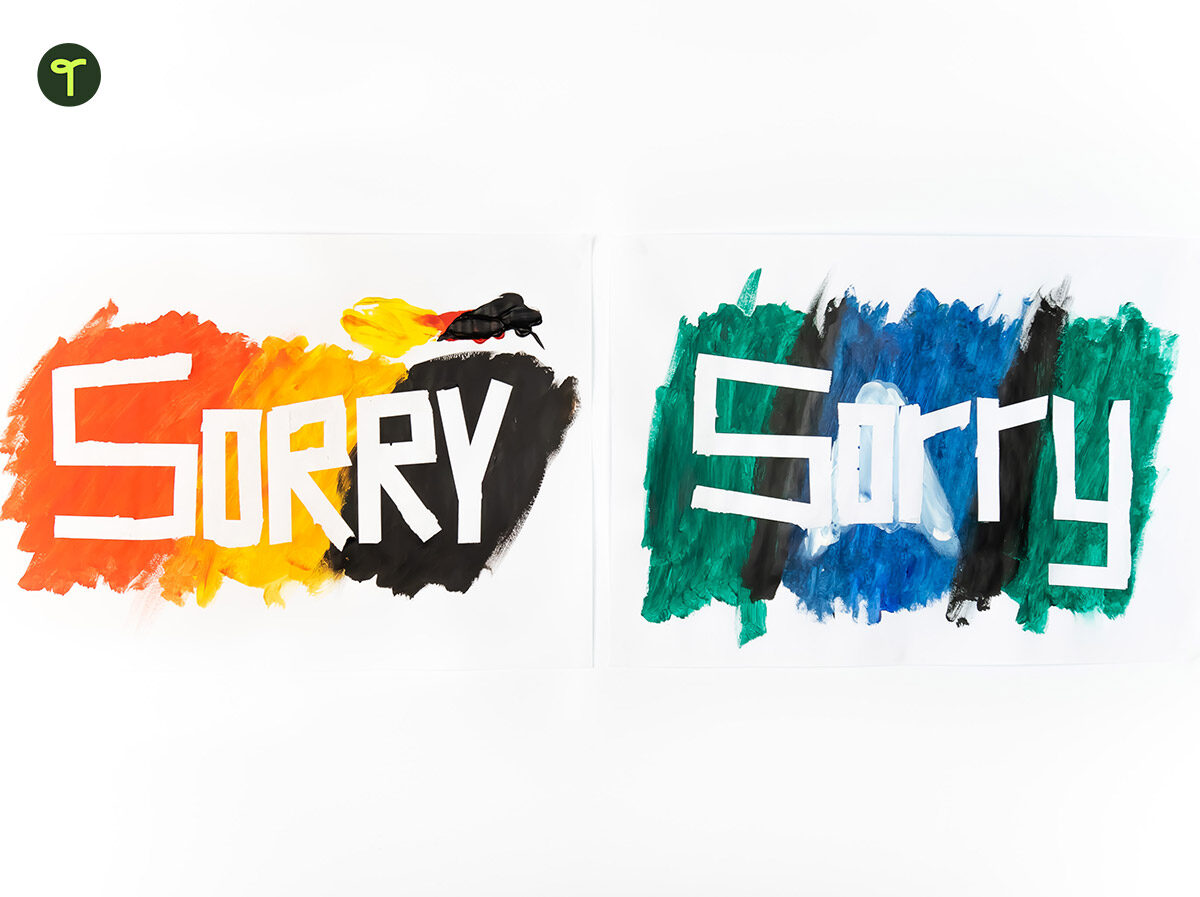
Materials
- Blank paper
- Pencil
- Washi tape
- Paint
- Paintbrushes
Instructions
- Use the tape to mark out the word ‘Sorry’ on the blank paper. Students can write the word themselves to use as a guide for placing the tape, and your younger students may need some help with this.
- Provide students with paint (we used the colours of the Aboriginal flag and the Torres Strait Islander flag) and let them paint over the top of the washi tape.
- When the paint is dry, carefully remove the washi tape to reveal the word ‘Sorry.’
Teach Your Students About the History of the Stolen Generations
Build field knowledge by using these wonderful songs, videos and picture books by First Nations creators with your students. Examine the history of the Stolen Generations and reflect on why Sorry Day is such an important day for Australians.
- Stolen Generations Stories — The Healing Foundation website and the Stolen Generations Testimonies websites are wonderful resources that provide access to the personal testimonies of members of the Stolen Generations. We do advise that teachers review the content of videos to determine suitability for their students.
- ‘My Place’ The Apology Episode — The wonderful ABC television series ‘My Place’ has an episode which centres around The Apology —’2008: Laura’ is Episode 1 of Season 1 of ‘My Place.’ It can be purchased through the Australian Children’s Television Foundation online shop and may also be available at your school or local library.
- ‘Stolen Girl’ by Trina Saffioti & Norma MacDonald — This picture book is suitable for primary-aged students and includes a fictional account of the Stolen Generations. Stolen Girl is about an Aboriginal girl taken from her family by the government and sent to a children’s home. She sings and dreams of her mother and the life they once shared, but each morning she is woken by the bell to the harsh reality of the children’s home. Finally, one day, she unlocks the door and takes her first step toward home.
Teach Starter Teacher Tip: If your school is a member of Aboriginal teaching resource website Wingaru Kids, you’ll have access to their great lesson about ‘Stolen Girl.’
- Read ‘Tell Me Why’ by Robyn Templeton and Sarah Jackson — ‘Tell Me Why’ by Robyn Templeton and Sarah Jackson tells the true story of a young girl’s search for identity and desire to understand her Aboriginality. Seven-year-old Sarah goes to her great-grandmother and asks questions about her family. This universal feel-good story looks at how family history shapes our childhood journeys. The Malgalba Books website explains. ‘[Robyn] wrote Tell Me Why with her daughter, Sarah, in response to her questions and personal journey. She recalls feeling the same way and hopes that their book will help other children or adults who are exploring their identities.’
Create Sorry Sun Art
This piece of sorry art uses the symbolism of the sun as well as the hands of our students. You can use the National Sorry Day Reconciliation Hand template to create a beautiful piece of art for the classroom to help students visualise reconciliation.
To create this artwork:
- Decorate the hand templates with colours and pictures that represent National Sorry Day.
- Cut out the hand templates ready to build the artwork.
- Cut a circle out of yellow paper or cardboard. Write the word ‘Sorry’ in the centre.
- Fan the decorated hands out around the yellow circle to create a sun.
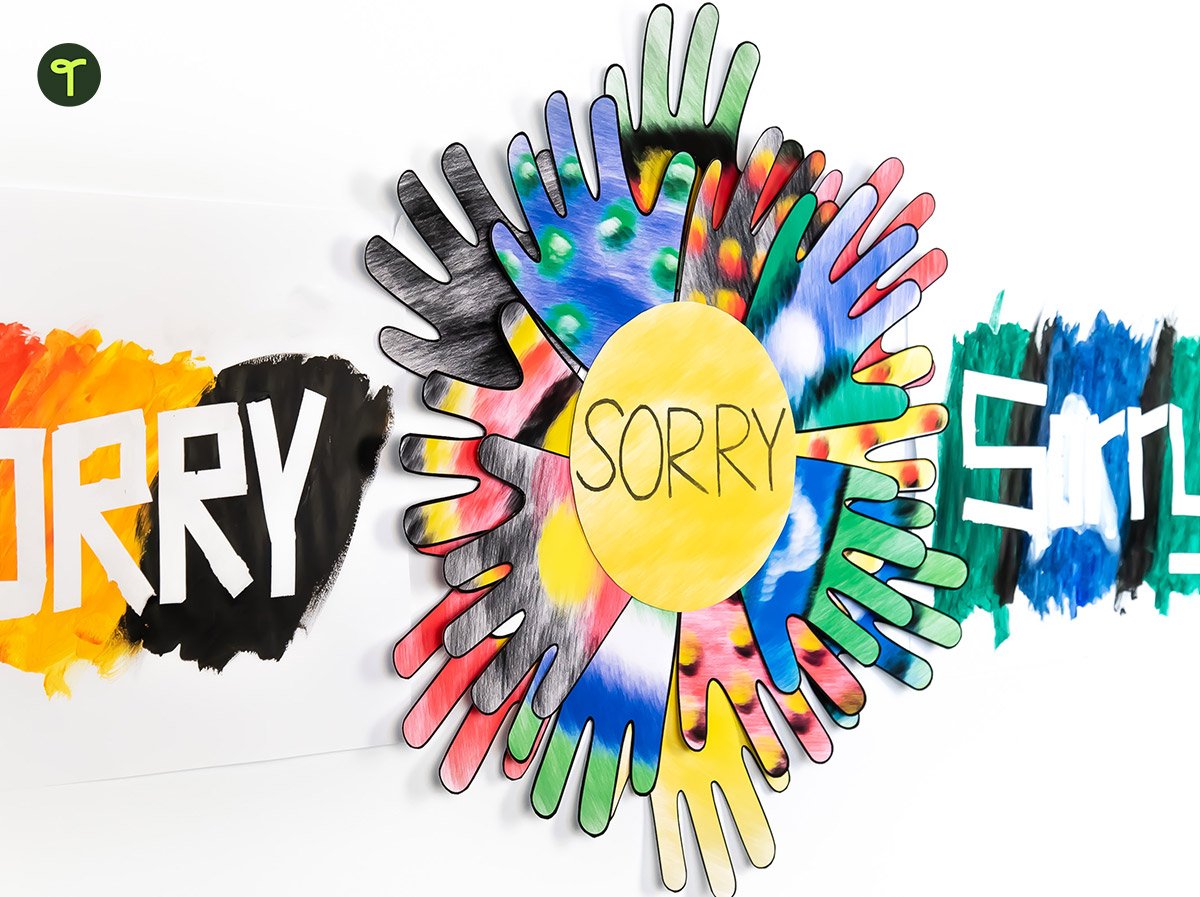
National Reconciliation Week Activities for Kids
Planning activities throughout National Reconciliation Week? Find out what you can do as a class below!
Teach Kids About the Different Australian Flags
When thinking of activities for National Reconciliation Week, a good place to start is by teaching kids about the different flags that represent Australia: the Australian Aboriginal Flag, The Australian Flag, the Torres Strait Islander Flag, and the South Sea Islander Flag.
Year 3 teacher @mrwebstersclassroom used our Flags of Australia Art Activity to teach his students the significance of the symbols and colours represented in each of the flags.
Photo courtesy of Year 3 teacher @mrwebstersclassroom
Create a Classroom Window Display
If your classroom is short on wall space, the window is also a great place to set up a National Reconciliation Week display.
Australian primary school teacher @mrs.trudgian tasked her class with researching First Nations cultures and traditions before designing their own handprints as a sign of reconciliation and displaying them on a school window. Why not use this year’s theme of ‘Now More Than Ever’ as a banner?
Photo courtesy of primary school teacher @mrs.trudgian
Wear Yellow to Support Children’s Ground
Children’s Ground is led by First Nations communities that are working to create a different future for the next generation of children. Their ‘Wear it Yellow’ campaign encourages schools and organisations to choose a day during National Reconciliation Week to wear a touch of yellow in support.
Why wear yellow? Yellow (or sacred ochre) is one of the colours of the land that First Nations have used for generations to represent the deep connection to Country. The centre of the Aboriginal flag is also yellow, which represents the sun as the giver of life.
You can take the ‘Wear it Yellow’ campaign further by registering your school as a fundraiser to support the incredible work of Children’s Ground.
Invite a Guest Speaker to Your School
A great way for students to learn about the significance and importance of National Reconciliation Week is by learning first-hand from First Nations people. You could invite a guest speaker to the school, such as a First Nations activist, educator or artist, to share their experiences.
The Teach Starter offices are located in Milton, Brisbane. We would like to acknowledge the traditional owners of this land, the Turrbal and Yuggera peoples. We pay our respects to the elders past, present and emerging and acknowledge their continued connection to the land, water and culture of this area.

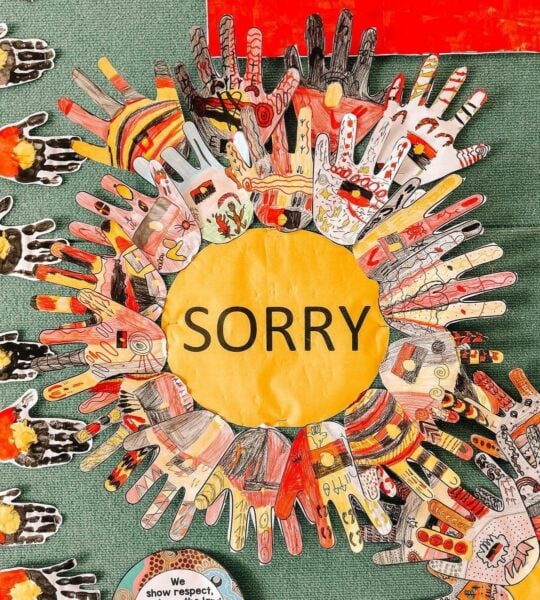




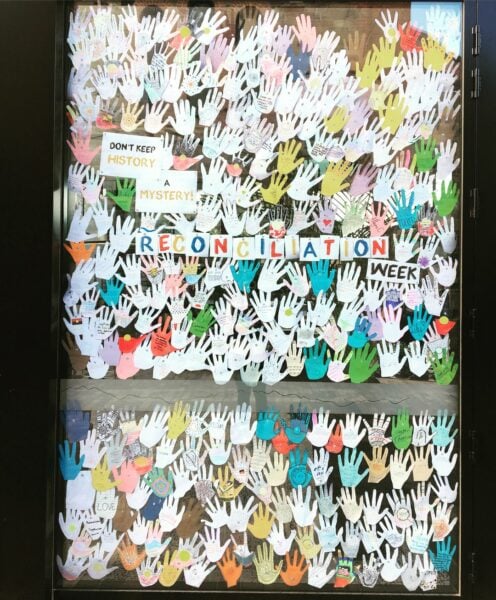
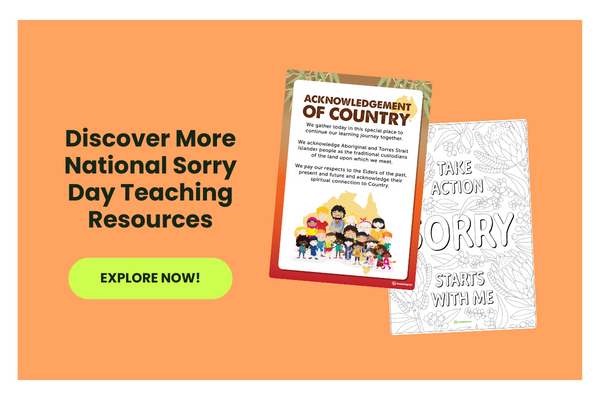






Looks Great
Thank you, Grace! We're glad you like it!
Hi Lily, We're sorry to hear you're having trouble. Please contact us at [email protected] and we'll help you work through the problem.
thanks is there any thing else i can do